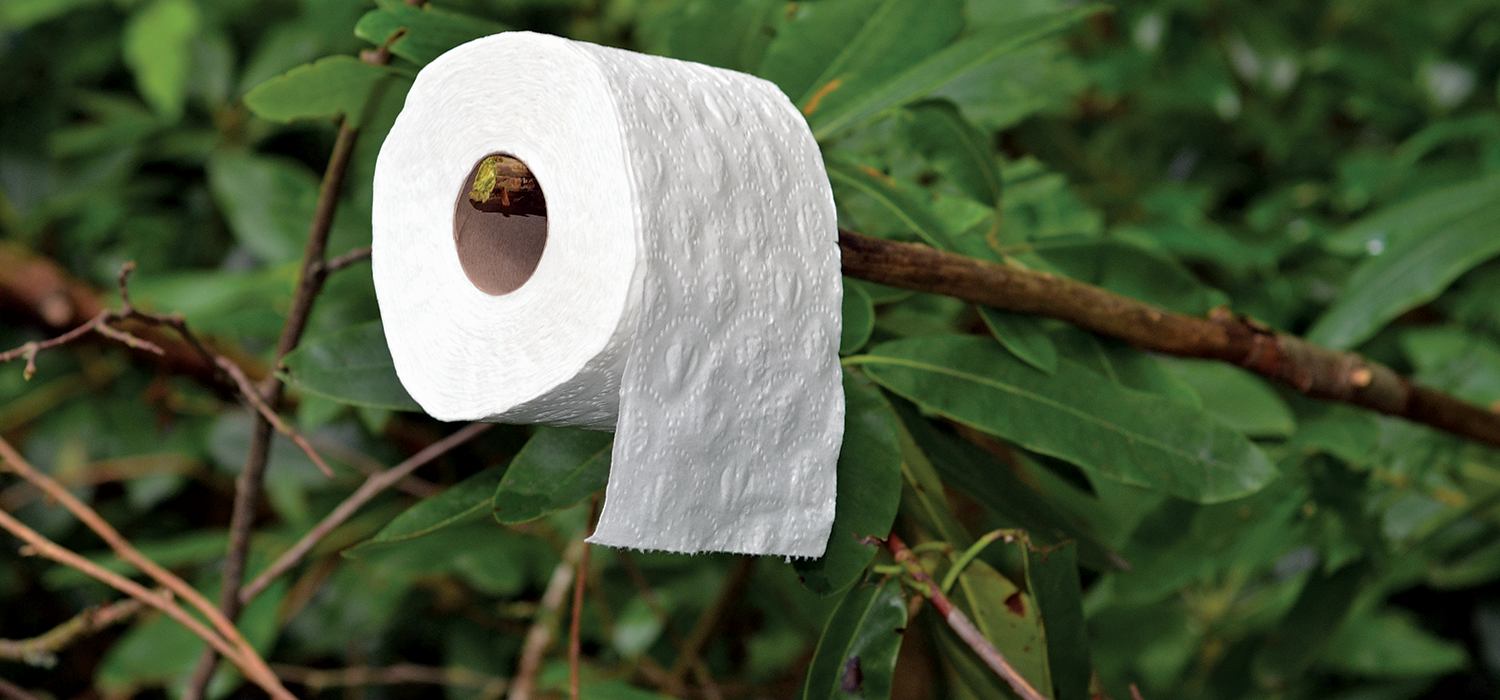The Adirondacks Are Full of Crap

'istock'
In early May, I follow a trail that contours the eastern slope of Hurricane Mountain, a 3,694-foot peak in New York’s Adirondack Mountains. A gust pulls gray clouds apart like wool, and I see the neon green of new growth in the hardwoods below. As I turn uphill, I spot another sign that hiking season has arrived: soggy toilet paper clumped under a shrub just inches from the trail.
Human waste is turning popular routes in the ’Daks into putrid corridors. While there’s little evidence of serious impact on the environment or public health—yet—what hiker wants to see pristine wilderness marred by poop? What’s more, it’s a potential crisis for the recreation-based economy. Here’s the solution: free WAG bags at trailheads.
WAG bags are heavy-duty, double-lined plastic bags with mutant-strength closures. Inside, a gel or powder neutralizes waste, which you then carry to a frontcountry trash can. They’ve been used to clean up popular mountains in the West, where climbers—and their poop—are concentrated in small areas. Mt. Rainier has required them since the early 1980s. As the federal government downsizes staff and squeezes budgets, high-traffic wilderness zones like Mt. Whitney and Canyonlands have removed toilets and mandated WAG bags.
The same crowding is now happening in the High Peaks, located in the northeastern corner of Adirondack Park’s 6 million acres. There, Mt. Marcy, the state’s high point at 5,344 feet, splits the clouds alongside the other 46ers, a collection of 46 peaks above 4,000 feet. The region’s management plan—which is minimal, only limiting group size—was completed in 1999, a year when about 82,000 hikers visited. The plan was slated for revision every five years, but the 1999 document remains untouched.
Meanwhile, the waste piles up. In 2016, more than 111,000 hikers visited the High Peaks. The nonprofit Adirondack 46ers club has registered finishers since 1925; when I completed my 46ers in 1996, I was No. 3,945. Now the organization has more than 10,000 members. Officials are catching on, kinda: Two years ago, forest rangers used helicopters to drop six box privies (as rustic as they sound) at high-traffic trail junctions in the High Peaks. But demand exceeds supply, and hikers are still dropping trou in the woods without burying the results.
Yes, veteran hikers know better. But beginners often don’t. If this were a national park, a ranger at the entry kiosk would intercept any first-time hikers and peakbaggers for a Leave No Trace primer. But there are no gates to the Adirondacks, nor are there government-run welcome centers. Education and outreach fall to local gear shops, parking attendants, and nonprofits like the Adirondack Club (ADK), which runs the High Peaks Information Center. There, below Marcy, staffers offer tips and tricks to new visitors—but the main routes in the High Peaks are so busy that even a perfectly crafted 6-by-6-inch cathole is sure to hit someone else’s.
Instead, ADK and other nonprofit groups could fund and organize free WAG bags at trailheads, with a sign that explains how and why they work. That would provide clarity to those hikers so uninformed, inexperienced, or just oblivious that they’d leave a bowel movement on trail.
No, it won’t be easy. But what’s the alternative? It’s time for Adirondack backpackers to clean up their own mess.